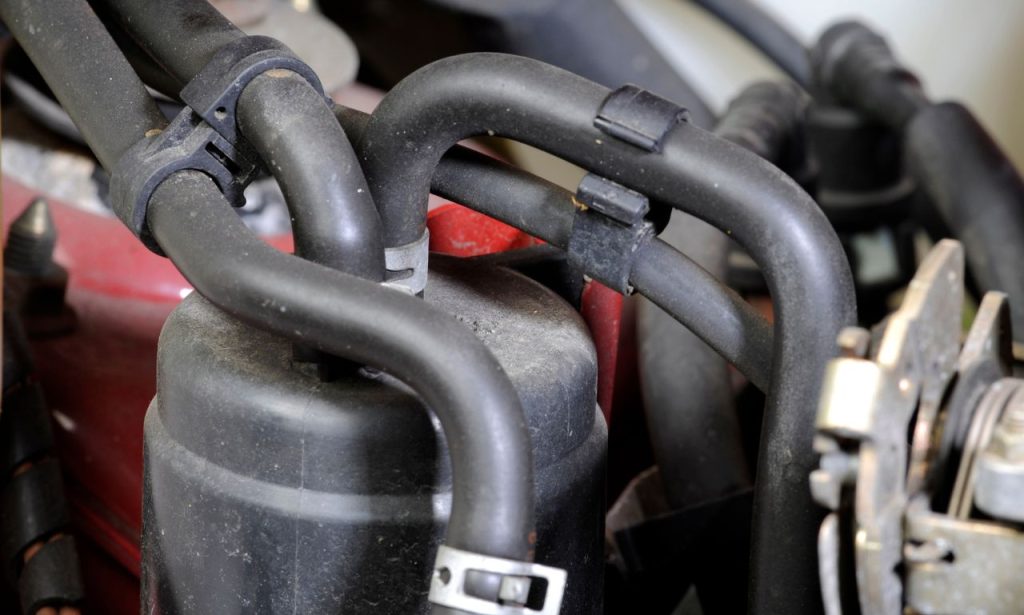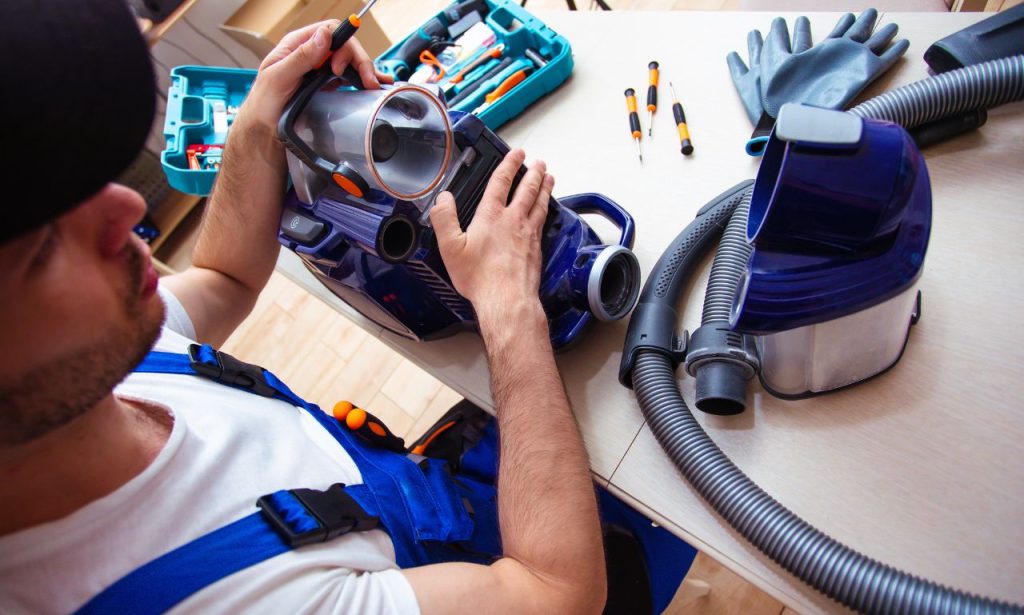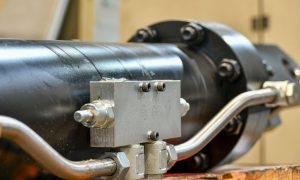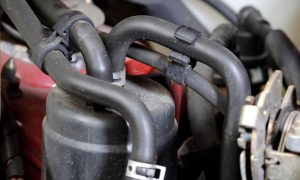You depend on your car. Whether it’s the daily commute, school runs, or weekend adventures, a reliable vehicle is non-negotiable. But what happens when a silent saboteur disrupts this delicate balance, robbing your car of its performance and leaving you stranded on the side of the road? This silent saboteur is a vacuum leak.
While seemingly innocuous, a vacuum leak can trigger a cascade of problems, impacting everything from fuel efficiency to engine health. This comprehensive guide delves deep into the world of vacuum leaks, equipping you with the knowledge to identify, understand, and address this common automotive ailment.
Common Culprits
Your car’s engine operates on a delicate symphony of pressure differentials. The intake manifold, responsible for distributing air to the engine cylinders, relies on a carefully controlled vacuum to function optimally. When this vacuum is compromised, even by the smallest leak, it disrupts the engine’s delicate balance, leading to a myriad of performance issues. Let’s unveil the usual suspects behind these disruptive leaks:
1. Broken Vacuum Lines

Imagine your car’s engine as a complex circulatory system, with vacuum lines acting as the veins and arteries. These lines, often made of rubber or plastic, are responsible for transporting vacuum pressure to various components, including the brake booster, EGR valve, and even your car’s climate control system.
Over time, these lines can become brittle, crack, or disconnect entirely due to:
- Age and Wear: Constant exposure to heat, engine vibrations, and oil can degrade the integrity of vacuum lines, making them prone to cracks and leaks.
- Improper Installation: A poorly routed or incorrectly installed vacuum line can rub against hot engine components, leading to premature wear and tear.
- Rodent Damage: Surprisingly, rodents find the warmth of an engine bay inviting, and vacuum lines, often made of soy-based materials, can become a tempting chew toy.
Spotting the Signs: A telltale sign of a broken vacuum line is a noticeable hissing sound emanating from the engine bay, particularly when the engine is idling.
2. Throttle Body Issues
The throttle body, responsible for regulating the amount of air entering the engine, relies on a tightly sealed connection to the intake manifold. A leak in this crucial area can disrupt airflow, leading to performance hiccups. Common culprits include:
- Worn Throttle Body Gasket: The gasket, a thin seal between the throttle body and intake manifold, can deteriorate over time, creating a passage for air to escape.
- Loose Throttle Body Bolts: If the bolts securing the throttle body become loose, it can create a gap, compromising the seal and leading to a vacuum leak.
Spotting the Signs: A leaking throttle body often manifests as rough idling, hesitation during acceleration, and even stalling.
3. PCV Valve Malfunctions
The PCV (Positive Crankcase Ventilation) valve plays a crucial role in removing harmful blow-by gases from the crankcase and redirecting them back into the intake manifold for combustion. However, a faulty PCV valve or clogged PCV hoses can disrupt the delicate vacuum balance, leading to leaks.
- Stuck PCV Valve: Over time, oil deposits and sludge can accumulate within the PCV valve, causing it to stick open or closed, disrupting the flow of gases and potentially causing a vacuum leak.
- Clogged PCV Hoses: Similar to vacuum lines, the hoses connected to the PCV valve can become clogged with debris, restricting airflow and impacting vacuum pressure.
Spotting the Signs: A malfunctioning PCV system can lead to increased oil consumption, a rough idle accompanied by engine vibrations, and even oil leaks.
Symptoms of a Vacuum Leak
While a vacuum leak might operate stealthily, its impact on your car’s performance is far from subtle. By familiarizing yourself with the following symptoms, you can catch a vacuum leak early on, preventing further damage and costly repairs.
1. Illuminated Check Engine Light
Modern cars are equipped with sophisticated onboard diagnostic systems. When the ECU (Engine Control Unit), your car’s brain, detects an issue affecting engine performance, it triggers the check engine light. A vacuum leak, by disrupting the air-fuel mixture, will inevitably illuminate this warning light.
Don’t Ignore the Light: While a check engine light can indicate a range of issues, it’s crucial to have it diagnosed promptly, especially if accompanied by other symptoms of a vacuum leak.
2. Hissing or Whistling Sounds
As air escapes from a compromised vacuum line or a loose connection, it creates a distinct hissing or whistling sound. This auditory clue is often most noticeable when the engine is idling or when accelerating.
Location, Location, Location: Pinpointing the source of the sound can help narrow down the location of the vacuum leak. A mechanic’s stethoscope can be a valuable tool in this detective work.
3. Unstable RPMs
A vacuum leak disrupts the engine’s ability to regulate the air-fuel mixture, leading to fluctuations in engine speed, particularly at idle. You might notice the RPM needle on your dashboard bouncing erratically or experience rough idling.
Stalling Concerns: In severe cases, a significant vacuum leak can cause the engine to stall, especially when coming to a stop or idling.
How Vacuum Leaks Affect Engine Performance
A vacuum leak, while seemingly minor, can trigger a chain reaction within your engine, impacting its performance, efficiency, and longevity. Understanding these consequences highlights the importance of addressing vacuum leaks promptly.
1. Impact on Air-Fuel Mixture
At the heart of every internal combustion engine lies the delicate balance of air and fuel. A vacuum leak disrupts this balance by introducing unmetered air into the intake manifold. This “lean” air-fuel mixture (too much air, not enough fuel) can lead to:
- Incomplete Combustion: Without the optimal air-fuel ratio, the fuel in the combustion chamber cannot burn completely, leading to reduced power output and increased emissions.
- Engine Damage: In extreme cases, a lean air-fuel mixture can cause excessive heat in the combustion chamber, potentially damaging pistons, valves, and even the catalytic converter.
2. Loss of Engine Power

A vacuum leak robs your engine of its power and responsiveness. The extra air entering the intake manifold disrupts the carefully calculated airflow, leading to:
- Reduced Acceleration: You might notice a sluggish response when you press the accelerator pedal, especially at lower RPMs.
- Decreased Fuel Efficiency: As the engine works harder to compensate for the lean air-fuel mixture, it consumes more fuel, impacting your gas mileage.
3. Increased Emissions
A vacuum leak not only affects your car’s performance but also contributes to environmental pollution. The incomplete combustion caused by a lean air-fuel mixture leads to:
- Higher Hydrocarbon Emissions: Unburnt fuel is released into the atmosphere, contributing to smog and air pollution.
- Increased Nitrogen Oxide Emissions: The excessive heat generated in the combustion chamber due to the lean mixture can lead to the formation of harmful nitrogen oxides, another major air pollutant.
Conclusion
A vacuum leak, while a common automotive ailment, should never be taken lightly. By understanding the causes, recognizing the symptoms, and adopting preventative measures, you can protect your car’s performance, your wallet, and the environment. Remember, early detection and prompt repair are key to mitigating the ripple effects of this silent saboteur.
ALSO READ: What Should the Evap System Vapor Be
FAQs
While driving short distances with a minor vacuum leak might seem possible, it’s strongly discouraged. Even a small leak can impact engine performance, fuel efficiency, and emissions. Moreover, ignoring a vacuum leak can lead to more severe engine problems down the line, resulting in costlier repairs.
The cost of repairing a vacuum leak can vary significantly depending on the severity of the leak, the location, and the make and model of your vehicle. A simple vacuum line replacement might cost a few hundred dollars, while a more complex repair involving the intake manifold or throttle body could cost significantly more.
If you’re mechanically inclined and comfortable working on your car, you might be able to address a simple vacuum leak yourself. However, diagnosing the source of the leak can be challenging, and improper repairs can lead to further engine problems. If you’re unsure, it’s always best to consult a qualified mechanic.




